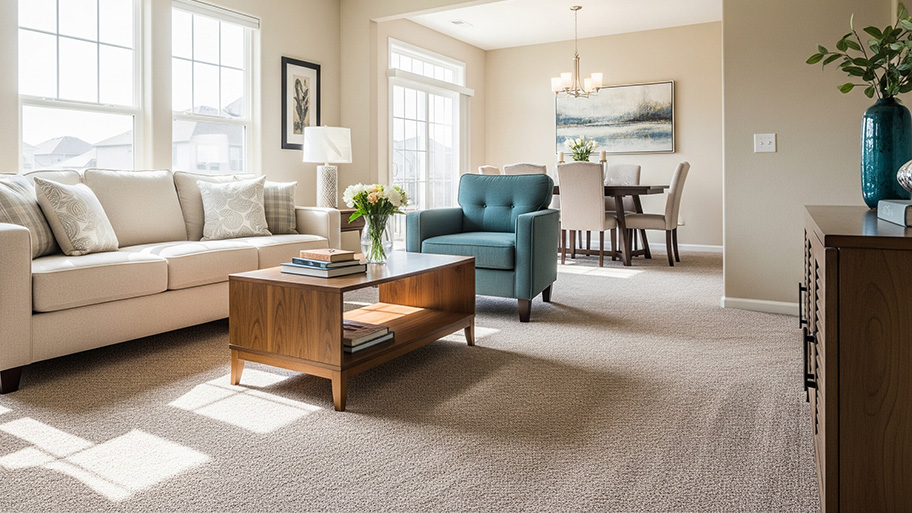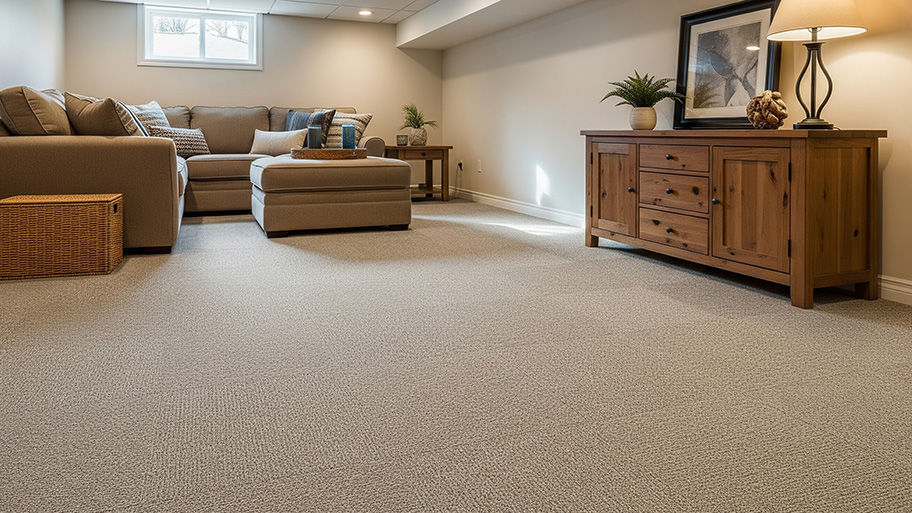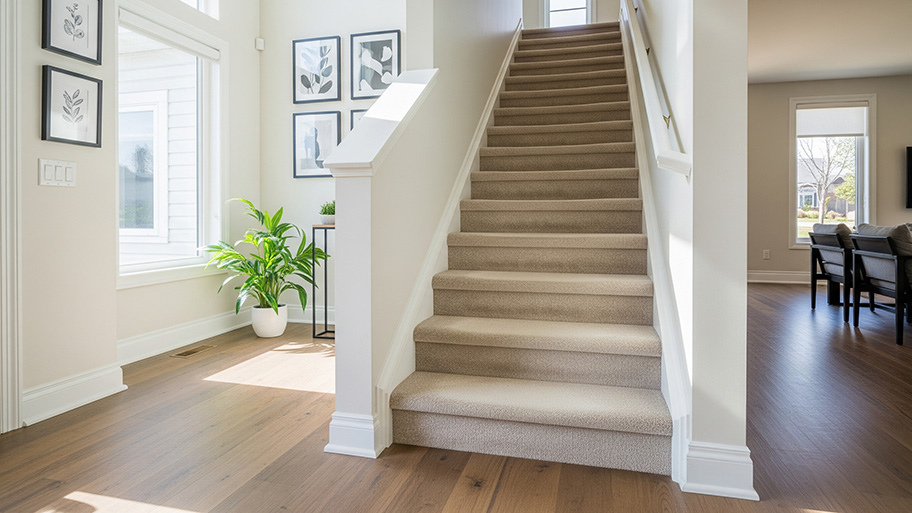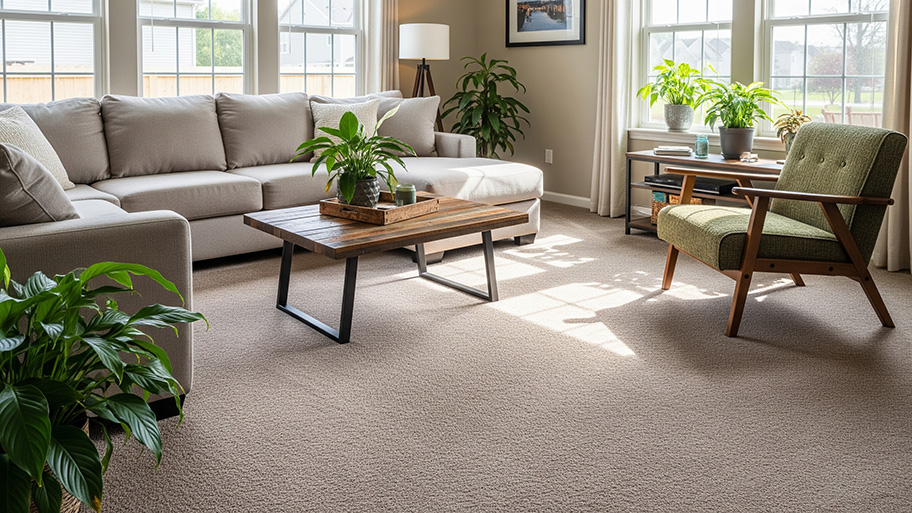
Carpet padding makes your carpet feel extra comfortable and protects your floors from damage, but how much does carpet padding cost? Let’s look at the numbers.
Roll out these questions so you know what to expect


Stains and tears can leave your carpet looking less than desirable, but you may not need to replace all of the carpet to fix it. These six questions to ask your carpet installer can help you get a handle on the size and scope of the project and better prepare you for the process.
The extent of damage your carpet has will help you decide whether to install new or repair the existing carpet. You’ll need to discuss the type of damage your carpet has with your contractor. Signs you need to repair or replace your carpet include snags, tears, burns, water damage, loose carpet, and stains—some of which are easier to repair than others.
If the carpet damage is isolated to one or two areas, your local carpet installation professional may recommend patching the carpet by removing the damaged portion and replacing it with a new section. They may also be able to patch tears or repair snags. For loose carpet, your contractor can restretch and then refasten the carpet to remove the loose sections. If the carpet is stained over large portions of the room or there is significant pet or water damage, you may need to install new carpet altogether.
As you assess the damage, you should also assess your budget. The cost to repair a carpet falls between $133 and $285, which is much more affordable than the cost to install new carpet, which can range from $780 to nearly $3,000. You should have at least three local carpet contractors give you a quote so you can compare them and make the best choice for your home and budget.
In some cases, damaged carpet may be covered by an insurance claim. If a fire or flood damaged the carpet, it’s possible that your insurance policy will cover it, but it’s important to check your policy and contact the insurance company to be sure. Certain things like stains, tears, and pet damage likely won’t be covered. If you think your insurance will cover the cost, make sure to discuss this with your contractor.
If you have a historic home, you may want to stay true to the home’s original look and materials. You can discuss your needs with your contractor, who can help you find the right carpet and install it correctly.
Carpet installation is usually quick and typically only takes a few hours. For larger spaces or in situations where additional damage needs attention—replacing the subfloor, for instance—it may take a few days. Your contractor will be able to give you a timeline when they do an in-home visit, allowing you to adjust your schedule accordingly.
From average costs to expert advice, get all the answers you need to get your job done.

Carpet padding makes your carpet feel extra comfortable and protects your floors from damage, but how much does carpet padding cost? Let’s look at the numbers.

Carpet installation costs vary depending on the type of carpet, difficulty of the installation, and labor costs. We break it all down in this article.

Not only are carpet tiles easier to install than carpet, but they’re often more affordable. So, how much does carpet tile installation cost? Let’s take a look.

Find out the average berber carpet installation cost, key price factors, and expert tips to help you budget for your new carpet project.

Slippery carpet stairs could get you down—literally. Fortunately, these five tips will keep your steps nice and steady, even if you keep the carpet.

Keeping your carpet looking new and clean means taking the time to revive carpet pile, which is a combination of the type, length, and thickness of its fibers.